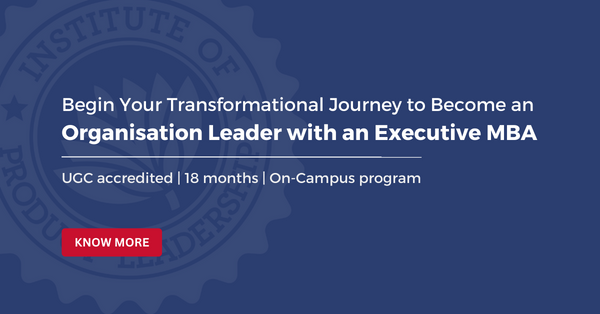The concept of the “thing” life cycle broadens the traditional understanding of product life cycles. In this framework, a “thing” can be anything from a tangible product like a robot or a coffee cup to an intangible service or software.
Traditional Product Life Cycle
Traditionally, the product life cycle has been viewed as a series of stages from introduction to growth, maturity, and decline. Businesses manage multiple products through these stages, planning for new products or extensions to maintain innovation and revenue growth. This approach involves juggling various products at different life cycle stages to optimize the product mix and revenue.
The “Thing” Life Cycle
The “thing” life cycle provides a more granular perspective. It focuses on the journey of a product from design and development to procurement and use. This approach applies to both tangible hardware and intangible software products. The stages of this life cycle include:
1. Design and Development: Whether it’s hardware like computers and phones or software, every product starts with a design and development phase. For hardware, this includes manufacturing; for software, it involves development.
2. Procurement by the Buyer: Once developed, the product is procured by a buyer. This stage varies depending on whether the product is bought outright or acquired through a subscription model.
3. Use: After procurement, the product is used by the buyer. This use phase can differ significantly between hardware and software, particularly in terms of connectivity and ongoing maintenance.
Distinguishing Product and Asset Life Cycles
While businesses focus on the product and thing life cycles, buyers often view products as assets that need to be managed throughout their life cycle. This perspective highlights the importance of considering how products are perceived and utilized by end-users.
Examples Across Industries
1. Hardware: Hardware products, such as blood pressure monitors, have evolved from unconnected devices to smart, connected devices, especially in consumer and industrial markets.
2. Software: Software has transitioned from standalone applications to connected, cloud-based models, changing how software is consumed and maintained.
3. Healthcare: Products and services in healthcare, such as monitoring devices and healthcare services, follow similar life cycles but are adapted to the specific needs of the industry.
4. Professional Services: Services such as building implementation and management also follow a life cycle from design to delivery and maintenance.
Impact of Digital Transformation
The digital age has significantly altered the life cycles of products. Materials-based products now incorporate smart technology and connectivity. Electronic and industrial manufacturing processes have merged, and software designed for managing hardware has become essential. These changes require a shift in how products are designed, manufactured, procured, and used.
Design for Use and Procurement: Design thinking has become crucial, focusing on rethinking product usage and operations. Additionally, designing for procurement, especially in subscription and on-demand models, requires careful consideration.
By understanding and applying the “thing” life cycle framework, businesses can better manage the evolution of their products and services, ensuring they meet the needs of both the market and the end-users effectively.






